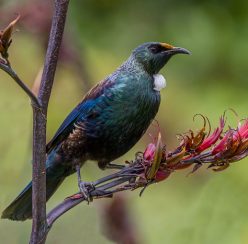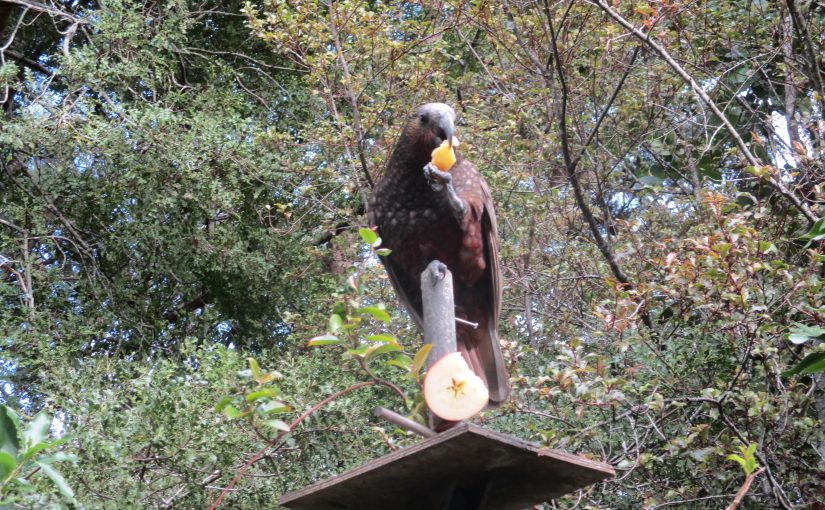Lying in bed I can just see the bottom of the kākā nesting box that was installed high up a large old kanuka tree a couple of months ago. It doesn’t have any nesting kākā residing in it, but in future years it may as kākā numbers increase due to successful predator control, and they spread out around Auckland. Kākā from the Aotea Great Barrier flock have been appearing in Kaipātiki during the winter months for a few years now, though still in small numbers.
The Kaipātiki area on Auckland’s North Shore has a significant canopy area of 30%, a number of mature bush reserves, as well as areas of remnant kauri, so it’s little wonder it would be attractive to winter foraging Nestors. They seem attracted to the gully we live in, I think because it contains a number of tall trees, including kauri, and a variety of food options for generalist kākā, who eat seeds, insects, young leaves, and nectar.
The nesting box project was conceived by Pest-Free Kaipātiki, a local ecological umbrella group who provide tools and expert knowledge to volunteer groups who want to remove invasive weeds and introduced predators from the Kaipātiki environment. It’s a bold project, and the notion that we might one day have kākā nesting a short ferry ride from Auckland’s CBD is exciting.
The nesting box design was drafted up by Burgess, Treep + Knight Architects and from my vantage point looks rather palatial. The ‘hollow’ is a length of 400mm diameter pipe lined with untreated wood, and it has a possum proof roof. Volunteers generously gave their time to assemble the nesting boxes, and they were installed by arborists from Tree Tops. There are six of them placed around areas kākā are known to frequent in Kaipātiki.
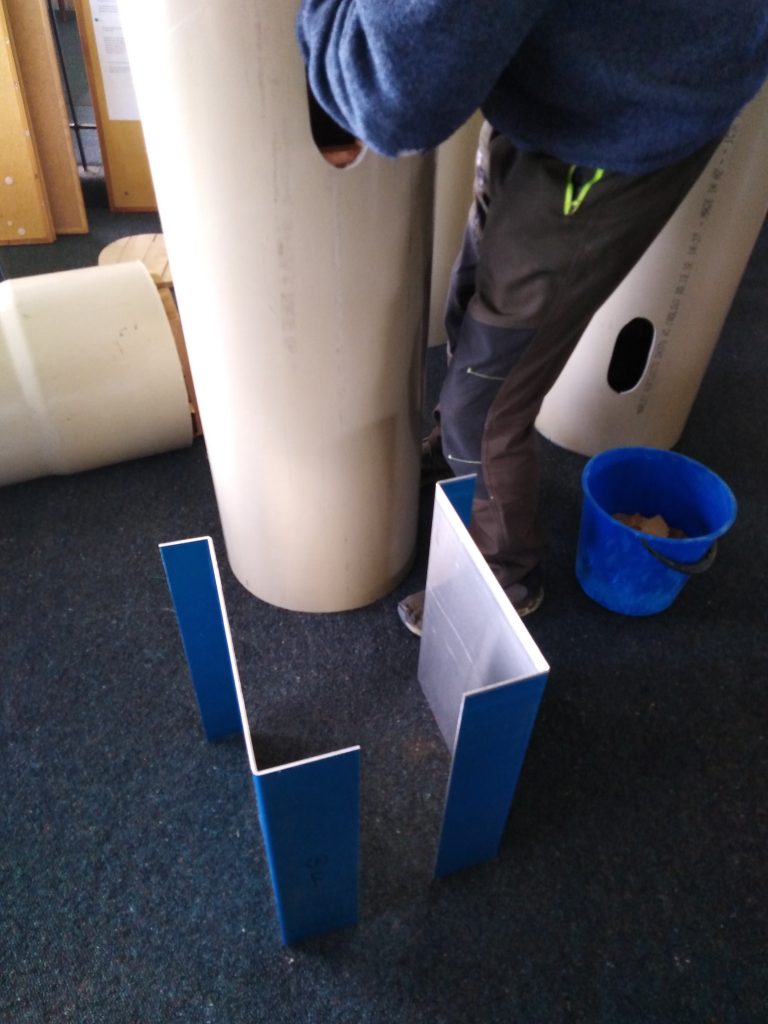
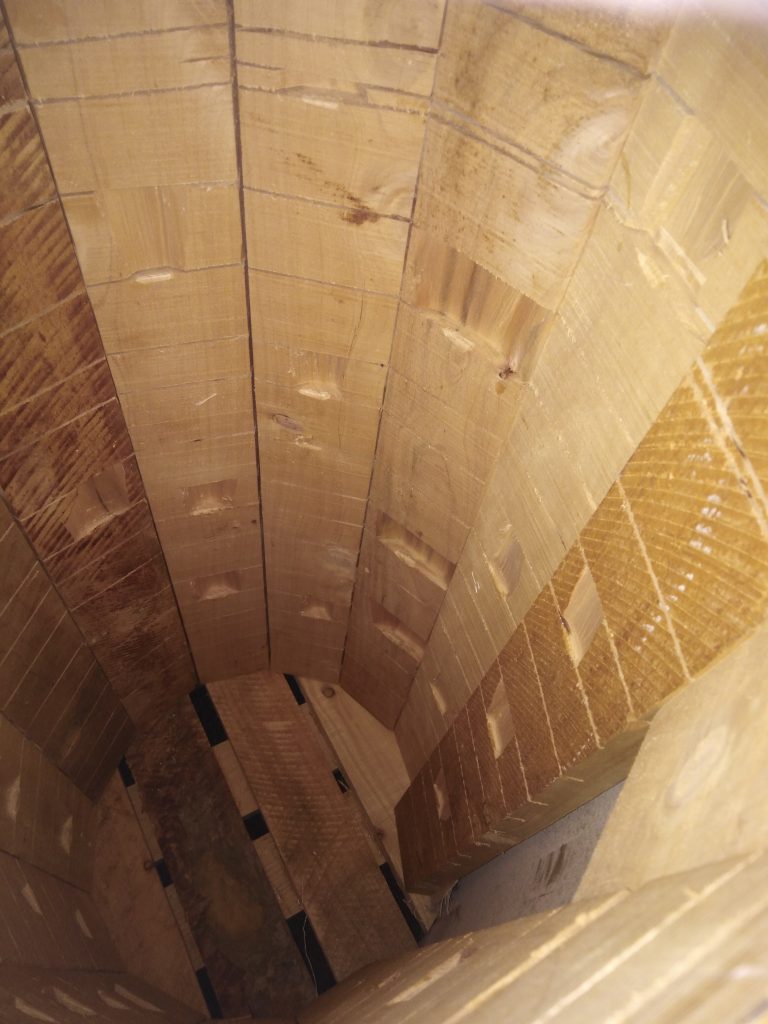
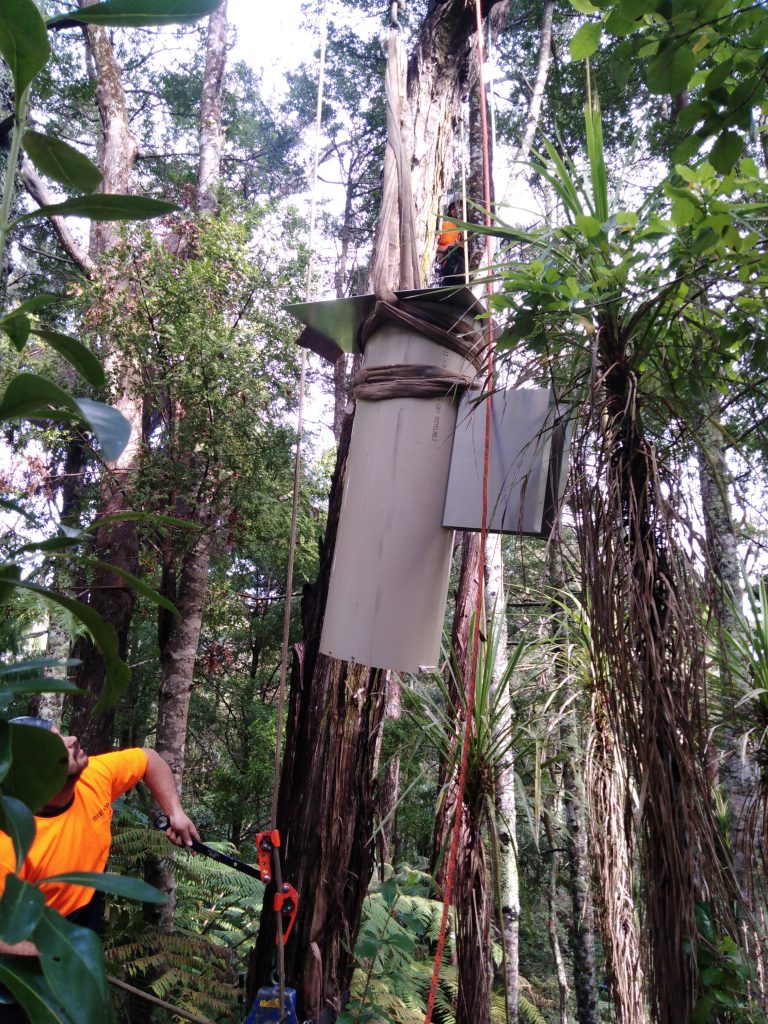
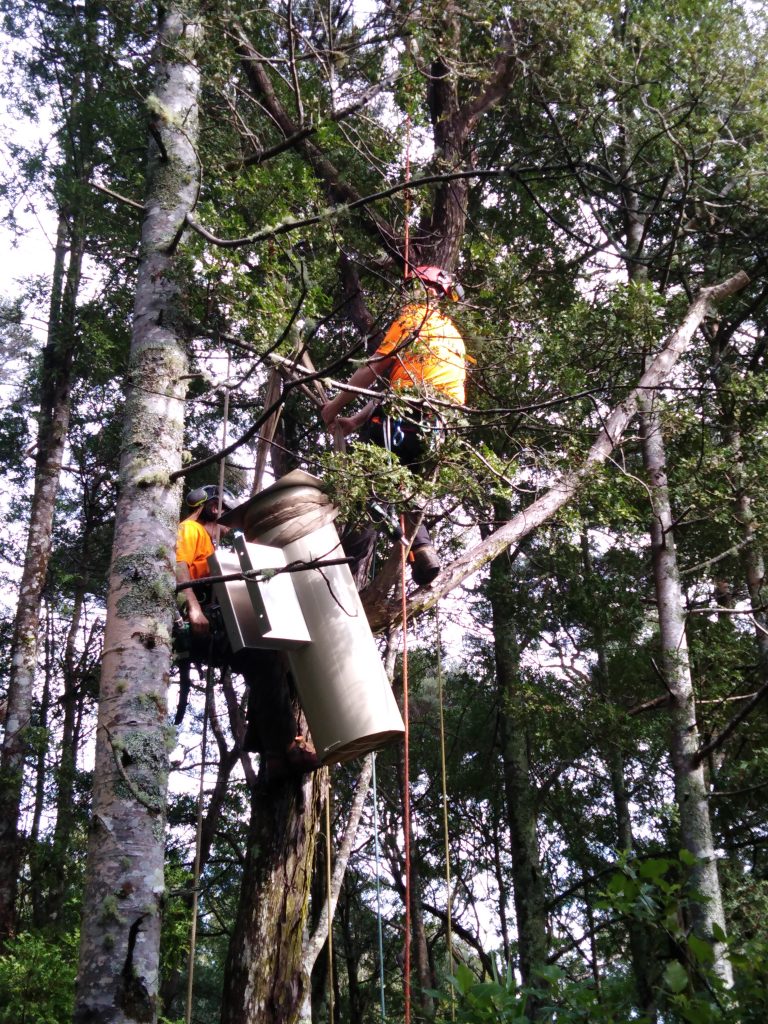
We didn’t know how many kākā were visiting, or their sex. I have heard reports of four kākā roosting in the old pines behind my neighbours, but the most I have seen at any one time is three.
I obsessively photographed and videoed them throughout August and September this year whenever they visited, and finally managed to establish that there was a solitary male who would call in, and a male and a female who would visit together. All three once visited simultaneously, and the cacophony and maelstrom of kākā activity was overwhelming.
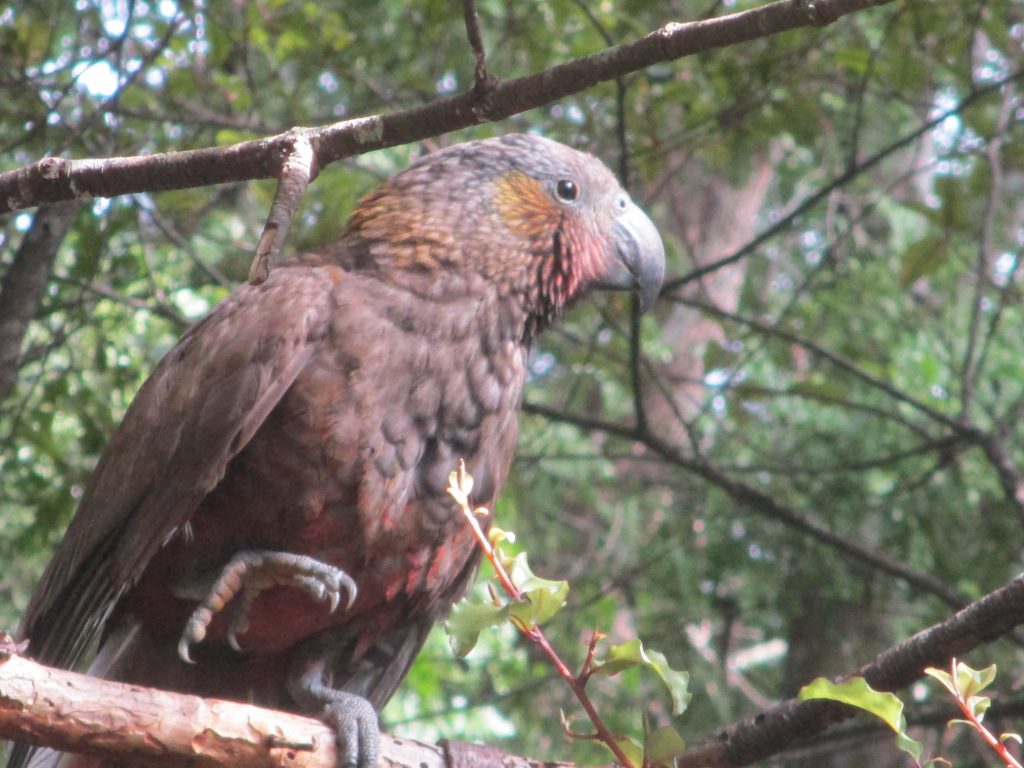
A solo kākā will be harassed by tūī, but two kākā seem more than a match for the local tūī gang.
I set up a project on iNaturalist to diarise and keep track of their appearances. The last entry is September 29th at 7.54am. It reads ‘Saw kaka fly past bedroom window heading towards Fernglen gardens. Very close to house.’ They may turn up a couple more times before heading back to their Hauraki Gulf island homes to breed, but they won’t be roosting here full time again till next June/July. It’s always interesting to note the dates when I get Facebook memories that mention kākā.
The most important thing is knowing that a healthy female was roosting here for a number of months. I also managed to capture a photograph of them in close vicinity to the nesting box, and on one occasion I saw a kākā perched on it’s roof, but my photo is terrible, and just shows a confusion of feathers to the left of the image. I think that bodes well for the future of the nesting box project. :>
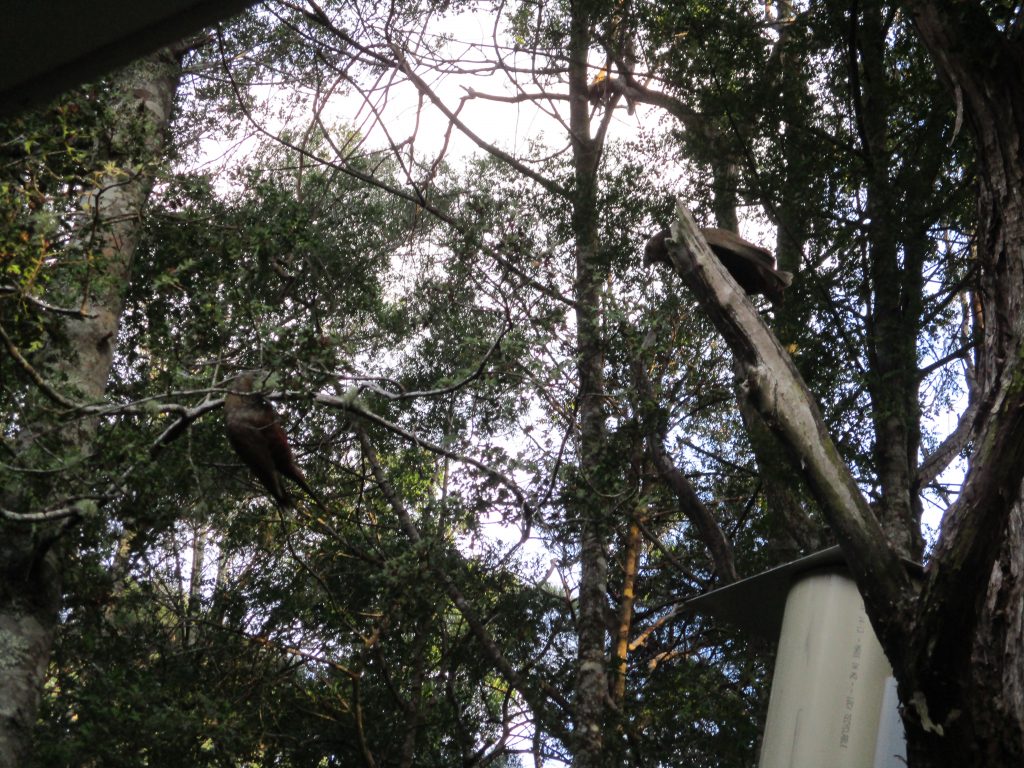
Many thanks to Pest-Free Kaipātiki for letting me share this project. 🙂
Featured image is of the apple thief.
